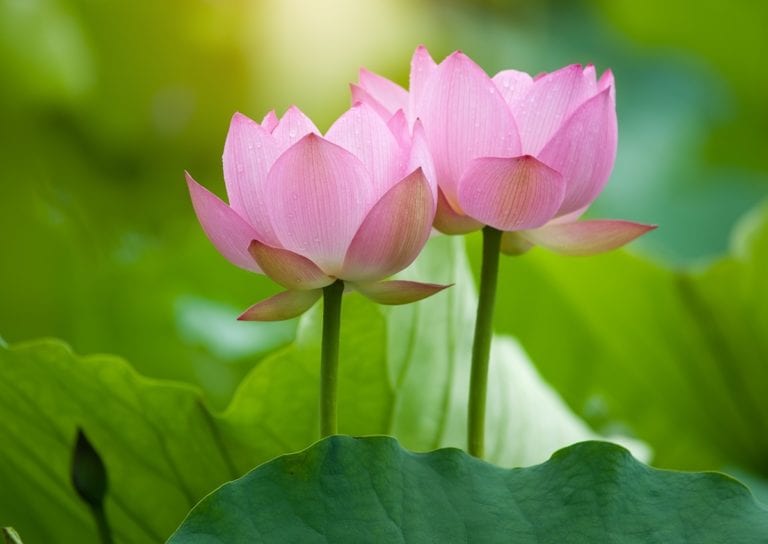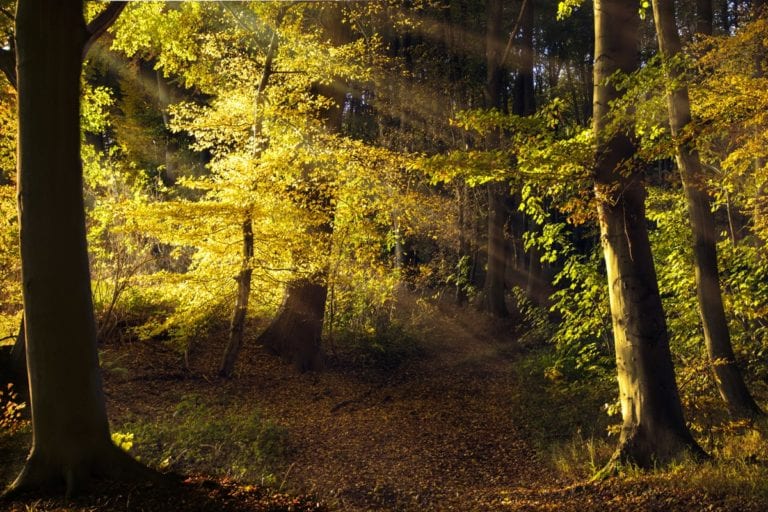735th Week: Choosing Your Frequency
I’ve written many times about the power of orienting awareness to heart perception and intelligence. This is because the resonating quality of the heart automatically orients us to a sense of connection with the world around us. The qualities we embody as we move through our daily lives have an impact not only on our internal quality of experience but also have a noticeable impact on the places where we find ourselves and on those we encounter along the way.
I find that, when I’m in an irritable mood, I seem to “bump up against” life in so many unexpected and irritating ways. When it dawns on me that I’m resonating with the frequency of irritation, and that this is the quality that currently characterizes my experience, I’m now able to take a moment, ground myself, and shift into my heart space, doing a couple of heart breaths similar to what HeartMath suggests. This shift changes my focus of attention and I am then able to resonate with a more positive and connected quality of being and experience. I’ve found over time that this kind of shift also changes my external experience and I tend to stop bumping up against what comes my way. Read More “735th Week: Choosing Your Frequency”





